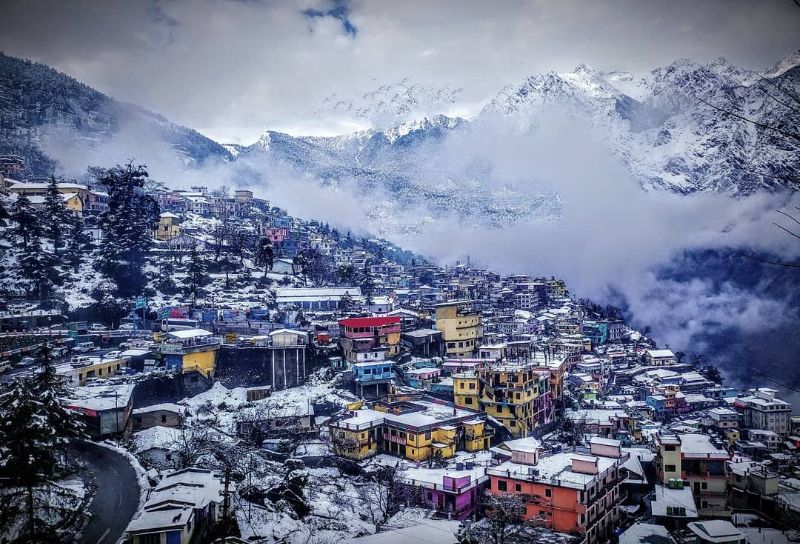New Delhi: A recent government assessment report has unveiled a dire situation in the revered pilgrimage town of Joshimath in Uttarakhand, where approximately 65 percent of the town’s houses are grappling with the devastating effects of land subsidence. The crisis has been escalating, prompting immediate attention and intervention to ensure the safety of residents and the preservation of the town’s infrastructure.
According to the comprehensive government report, out of a total of 2,152 houses in Joshimath, a staggering 1,403 have fallen victim to land subsidence, necessitating urgent remediation measures. These measures are crucial to prevent further structural damage and to ensure the well-being of the affected families.
The distressing saga began unfolding on January 2 when a series of ominous cracks began to appear in several houses and civil structures, primarily concentrated in an area adjacent to the Joshimath-Auli road. In response to this alarming development, authorities acted swiftly to evacuate and relocate 355 families from the affected vicinity, underscoring the urgency of the situation.
While local residents had reported land subsidence over several years, the crisis intensified dramatically between January 2 and January 8, exacerbating the already precarious conditions faced by the town’s inhabitants.
In response to this unfolding catastrophe, a 35-member team conducted a comprehensive “Post Disaster Needs Assessment” from April 22 to April 25. The team comprised professionals from various agencies, including the National Disaster Management Authority, UN agencies, Central Building Research Institute, National Institute of Disaster Management, and more.
The assessment report, echoing the gravity of the situation, outlines the immediate actions required. It indicates that 472 houses need reconstruction, while 931 houses urgently need repair and retrofitting. Emphasizing resilience against not just landslides but also other disasters, the report urges retrofitting partially damaged houses in line with ‘build back better’ principles.
The report identifies several factors contributing to the damage, including the use of weak building materials, insufficient reinforcement, structural deficiencies, and the location of buildings on steep slopes. Particularly alarming is the use of weak mud-based mortar to hold bricks or stones together, making buildings susceptible to even minor ground subsidence.
Furthermore, some buildings lack robust support structures, such as reinforced concrete (RC) or wooden bands, which compromises their stability. Additionally, the presence of lengthy unsupported walls and lightweight roofs exacerbates damage when the ground shifts.
To mitigate further risk, the government agencies have strongly recommended a complete ban on new construction in Joshimath until the end of the monsoon season. After a post-monsoon reassessment of ground conditions, relaxation should be considered only for lightweight structures. The report emphasizes the importance of implementing and enforcing risk-based building bylaws for residential buildings.
Another glaring issue highlighted in the report is the “lack of town planning and absence of risk-informed land use maps.” Narrow roads and minimal open spaces in neighborhoods pose severe challenges for emergency access, making the town highly vulnerable in crisis situations. Urgent steps are needed to develop a comprehensive town planning strategy.
In light of these pressing concerns, the agencies stress the immediate need for a forward-looking plan, aimed at creating a secure and resilient Joshimath over the next 10-15 years.
This is not the first time Joshimath has faced the threat of land subsidence. Incidents were previously reported in the 1970s. A panel chaired by Garhwal Commissioner Mahesh Chandra Mishra, in 1978, recommended refraining from major construction works in the city and the Niti and Mana valleys due to their morainic geography, characterized by masses of rocks, sediment, and soil transported and deposited by glaciers.
Joshimath’s vulnerability to earthquakes, being situated in seismic zone V, further compounds the town’s risks. The region is also prone to landslides and flash floods, necessitating a concerted effort to protect lives and property.
As Joshimath confronts this pressing challenge, the community and authorities unite with unwavering determination to restore stability to this cherished Himalayan town. Preventing further damage and securing the future of Joshimath and its residents is their immediate and imperative goal.

